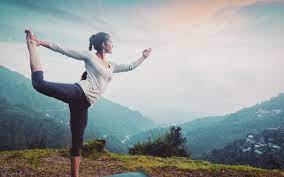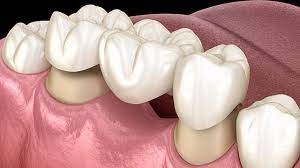
Yoga in All Its Forms
Yoga is a centuries-old South Asian spiritual practice that incorporates body movement, breathing exercises, and meditation. There are many styles, each with its own benefits.
The main goal of yoga is to purify the mind so you can behold your True Self, called Purusa in Sanskrit. In yogic philosophy, everything in the material universe is a reflection of this spirit.
Yin Yoga
Yin yoga is a slow-paced, introspective style of practice that targets the deep connective tissue and tendons of the body. It is believed to stimulate bone density growth as well as build stronger, more organized fascia and joints.
Often, yin yoga is practiced on the floor with props such as blocks or bolsters. These are used to support and elongate the body, which can help to enhance blood circulation and mobility.
Another benefit of yin yoga is that it is thought to increase stress tolerance, which can improve physical health. This is because yin yoga creates gaps in the nervous system that allow for emotions, feelings and thoughts to be expressed without fear of being triggered.
Yin yoga can be a great addition to any yoga practice, as it promotes deeper relaxation and mental calm. It’s also a good choice for students who have a sensitive mind or are looking to deepen their meditation practices.
Vinyasa Yoga
Vinyasa Yoga is a style of yoga that links poses together with the breath, making it a great workout for students who like to push themselves. It is also an excellent choice for beginners.
There are several benefits to practicing Vinyasa Yoga, including strengthening core muscles. It can also help improve your mental health by helping you to relieve stress and anxiety.
Many vinyasa classes will include sun salutations (Surya Namaskara A and B), which are a great way to warm up your body. These poses can be done in different ways, but they usually begin and end in mountain pose (Tadasana).
In addition, vinyasa yoga classes will often incorporate ujjayi breathing, which involves long inhalations and exhalations through your nose. This type of breathing can help you to regulate your breath and stay calm when you’re working through challenging poses.
Jnana Yoga
Jnana Yoga is a path of self-knowledge on the journey to the Seventh Stage of Knowledge, often called Enlightenment. It requires the ability to patiently collect information about yourself, analyse it, and seek the truth within that information.
The practice is a powerful way to reduce your ego and raise your awareness. If you can practice it regularly, it can be a life-changing experience.
Unlike other forms of Yoga, which focus on physical asana and the body, Jnana Yoga emphasizes self-knowledge and meditation. The practice aims to remove veils of illusion and promote oneness with the divine.
The practice can be a difficult process, but it’s well worth the effort. It is important to find a teacher who can explain the ancient texts, point out your blind spots, and recommend practices for you to try.
Hatha Yoga
Hatha Yoga is a type of yoga that uses physical techniques to try to preserve and channel the body’s vital force. It also includes meditation and breathing exercises.
In addition to improving flexibility and building strength, hatha yoga can improve mental clarity and sleep quality. It also helps reduce stress, anxiety, and depression.
It can also tone the endocrine system, which controls your hormones and metabolism.
Unlike vinyasa, which flows through a series of poses in quick succession, hatha yoga tends to focus on each pose’s details, so you can master your form.
The meditative aspects of hatha yoga can help you exit the fight-or-flight response that your mind enters when under stress. Additionally, hatha yoga can help you calm down before bed, so you can fall asleep faster and get more restful sleep.


